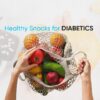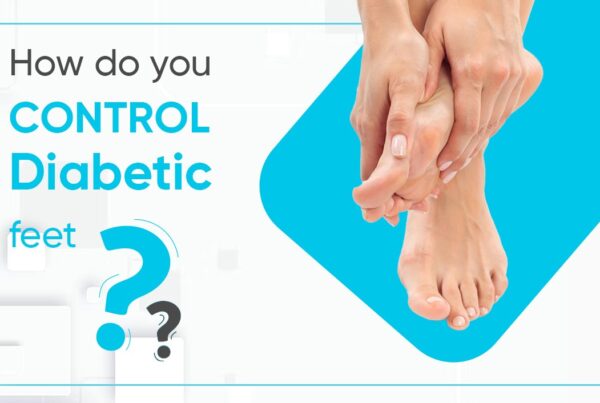Heads – up
- Breast cancer is a disease in which cells in the breast grow out of control. There are different kinds of breast cancer. It depends on which cells in the breast turn into cancer.
- Breast cancer can begin in different parts of the breast. A breast is made up of three main parts: lobules, ducts, and connective tissue. The lobules are the glands that produce milk. The ducts are tubes that carry milk to the nipple. The connective tissue (which consists of fibrous and fatty tissue) surrounds and holds everything together. Most breast cancers begin in the ducts or lobules.
- Breast cancer can spread outside the breast through blood vessels and lymph vessels. When breast cancer spreads to other parts of the body, it is said to have metastasized ( spread to other sites in the body by metastasis )
Kinds of Breast Cancer

The most common kinds of breast cancer are;
- Invasive ductal carcinoma – Cancer cells grow outside the ducts into other parts of the breast tissue. Invasive cancer cells can also spread, or metastasize, to other parts of the body.
- Invasive lobular carcinoma – Cancer cells spread from the lobules to the breast tissues that are close by. These invasive cancer cells can also spread to other parts of the body.
- Paget’s disease of the nipple – This is also known as Paget’s disease of the breast, is a rare condition associated with breast cancer. It causes eczema-like changes to the skin of the nipple and the area of darker skin surrounding the nipple (areola). It’s usually a sign of breast cancer in the tissue behind the nipple.
- Inflammatory breast cancer – A rare, rapidly developing cancer that makes the breast red, swollen and tender.
- Phyllodes tumours of the breast – Cancerous Phyllodes tumors are an unusual presentation of breast cancer. These tumors are a form of sarcoma because they grow in the connective tissue of the breast, not in the ducts.
- Locally advanced breast cancer – Locally advanced breast cancer (LABC) represents the most advanced stage breast cancer that is still potentially curable with surgery, radiation, and systemic therapy.
- Metastatic breast cancer – Metastatic breast cancer, also known as stage IV or advanced breast cancer, is breast cancer that has metastasized, or spread, to other organs in the body. Metastases from breast cancer may be found in lymph nodes in the armpit, or they can travel anywhere in the body
Symptoms
Warning signs
- New lump in the breast or underarm (armpit).
- Thickening or swelling of part of the breast.
- Irritation or dimpling of breast skin.
- Redness or flaky skin in the nipple area or the breast.
- Pulling in of the nipple or pain in the nipple area.
- Nipple discharge other than breast milk, including blood.
- Any change in the size or the shape of the breast.
- Pain in any area of the breast.
Keep in mind: Breast pain can be a symptom of cancer. If you have any symptoms that worry you, be sure to see your doctor right away.Keep in mind that these symptoms can happen with other conditions that are not cancer.
Risk factors you can / cannot change
Risk factors you CAN change
- Not being physically active. Women who are not physically active have a higher risk of getting breast cancer.
- Being overweight or obese after menopause. Older women who are overweight or obese have a higher risk of getting breast cancer than those at a normal weight.
- Taking hormones. Some forms of hormone replacement therapy (those that include both estrogen and progesterone) taken during menopause can raise risk for breast cancer when taken for more than five years. Certain oral contraceptives (birth control pills) also have been found to raise breast cancer risk.
- Reproductive history. Having the first pregnancy after age 30, not breastfeeding, and never having a full-term pregnancy can raise breast cancer risk.
- Drinking alcohol. Studies show that a woman’s risk for breast cancer increases with the more alcohol she drinks.
Risk factors you CANNOT change
- Getting older. The risk for breast cancer increases with age; most breast cancers are diagnosed after age 50.
- Genetic mutations. Inherited changes (mutations) to certain genes, such as BRCA1 and BRCA2. Women who have inherited these genetic changes are at higher risk of breast and ovarian cancer.
- Reproductive history. Early menstrual periods before age 12 and starting menopause after age 55 expose women to hormones longer, raising their risk of getting breast cancer.
- Having dense breasts. Dense breasts have more connective tissue than fatty tissue, which can sometimes make it hard to see tumors on a mammogram. Women with dense breasts are more likely to get breast cancer.
- Personal history of breast cancer or certain non-cancerous breast diseases. Women who have had breast cancer are more likely to get breast cancer a second time.









